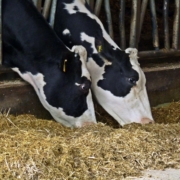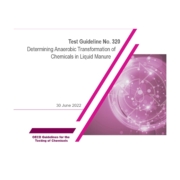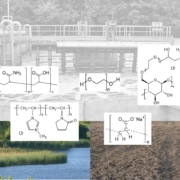Publication on validation of a method to determine transformation of chemicals in manure
Manure is widely used as a fertilizer and applied to agricultural land. It may contain highly active chemicals like veterinary medicinal products or biocides, which enter the environment by this pathway. This is recognized by several regulatory frameworks, however, a detailed method for examining the transformation of chemicals in manure was lacking. The present publication […]

 T. Junker
T. Junker
 Hydrotox - Labor für Ökotoxikologie und Gewässerschutz GmbH
Hydrotox - Labor für Ökotoxikologie und Gewässerschutz GmbH  T. Junker
T. Junker K. Duis
K. Duis T. Junker
T. Junker


